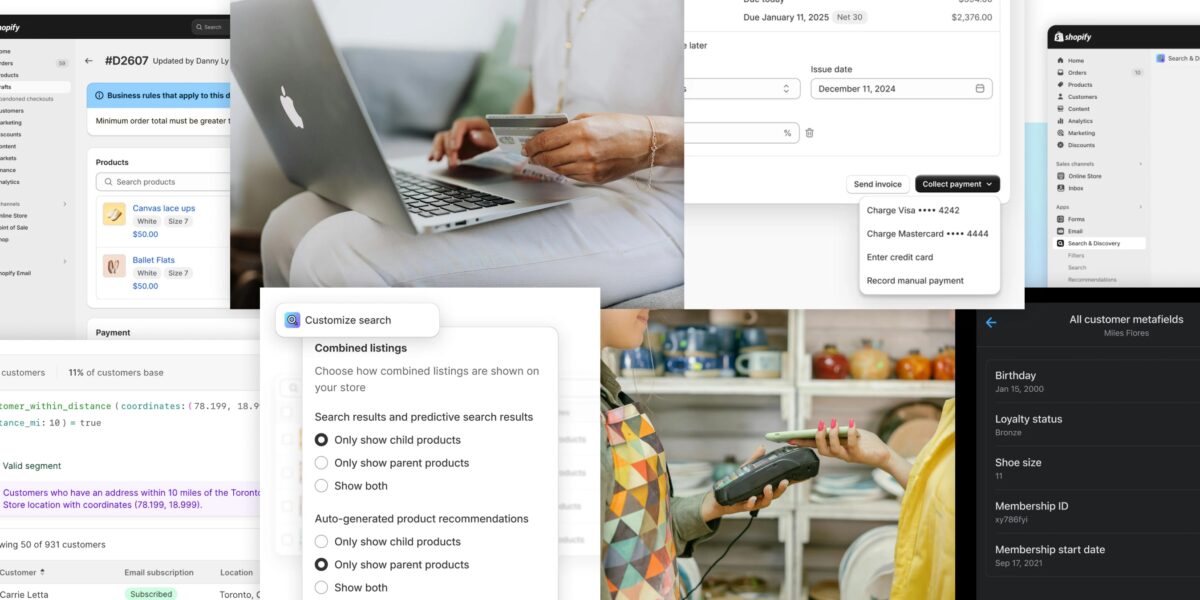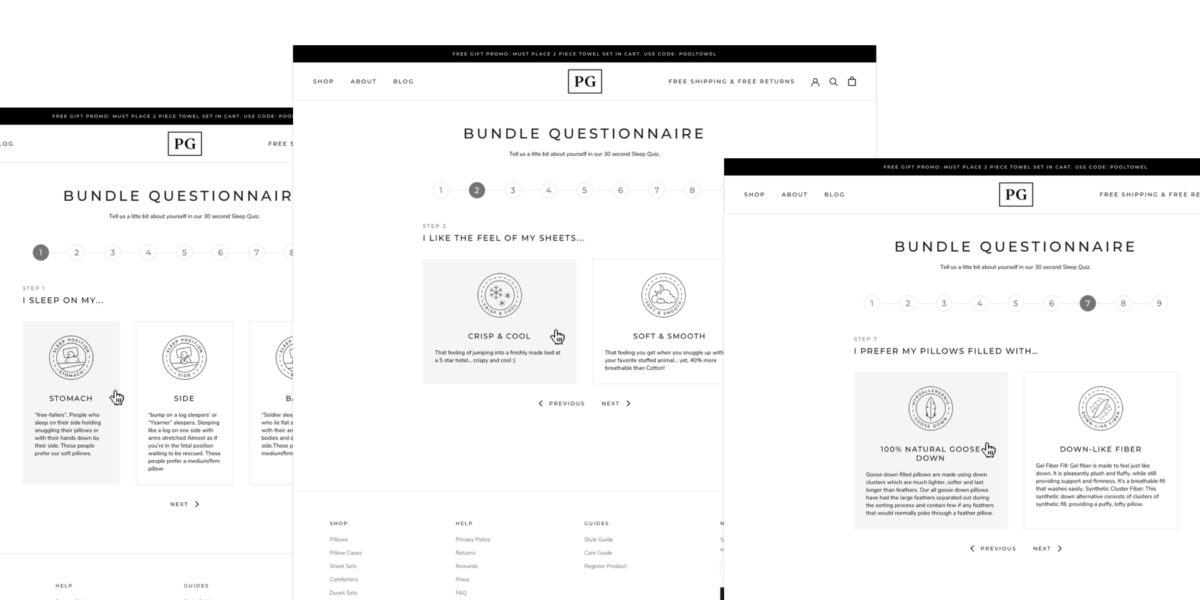E-Commerce is the name of the game for so many types of websites. There are those who have it and those who don’t. And food for thought—there are also those who need it and those who don’t really need it as well.
Sure, in an ideal world, we’d all find a perfect way to integrate e-commerce into our websites—whether or not we sell retail products or sell some other kind of service online. But here is the thing—to do e-commerce the right way is a commitment. There is a lot of hard work and expert thought that goes into designing and building your perfect e-commerce system from start to finish.
Building an e-commerce website is a much bigger (and usually more expensive) project than building a regular website.
Why is this so? Well, there are several strong reasons. Let’s dig in and take a look at just a few of the predominant reasons why e-commerce is more involved than a standard website:
The Shopping Cart & CMS. Where a standard website might have, let’s say, 10 unique pages that create the site, an e-commerce site by its very nature will have many times that number. Now, many of these will be automated by the system in a sense, but the page templates still must be created. Also, adding a “CMS” option in order to allow customer-management of the shopping cart and its included items takes time and knowledge above and beyond a more basic website.
Populating Products. Adding all of the products or services to be sold via the e-commerce site takes quite a bit of upfront time—especially if there is an extensive catalog of items to be added. This can be done by website professionals, or usually also by the end-user. Either way, though, it takes extra time and effort.
Integrating Payments. Integrating your website’s shopping cart system with a payment system can be a rather involved process. Most choose to go with professional payment processing, via the Authorize.net and Merchant Bank Account setup. This takes both planning and expertise to setup correctly. There are other options; some less professional, some more—and these can change the game plan, so to speak. Regardless, the bottom line here is that integrating a payment system is more involved than having a site without online payments required.
Security, Security, Security. When your customers are sharing their personal and financial information through your e-commerce website, you have an obligation to treat that information with confidence. It takes extra work to ensure that all of the security bases are covered—things like obtaining a security certificate for your domain, making sure that the payment system is encrypted, and also important, making all of this extra attention clear and transparent to your customers.
Support!
This is a big one. A standard small business website doesn’t usually require much ongoing support from your web designer or developer, but an e-commerce website can require quite a bit of regular help and tips. Think about it, when you are using a shopping cart with lots of options and/or plug-ins/contributions…. you have to learn how to use it all and how to get the most out of your store. This can take years of trial and error as well as ongoing training and support from your web developer. It’s a really good idea to have some sort of ongoing support service package or retainer in place to help ensure your store’s success. You may think it isn’t necessary, but trust us, it is!
So, as you can see, there’s quite a bit more that goes into a full-blown e-commerce website when compared to a standard website without e-commerce. And naturally, with more functionality, there’s also more testing and tweaking involved in the overall process as well. With e-commerce, it’s all just par for the course.
















